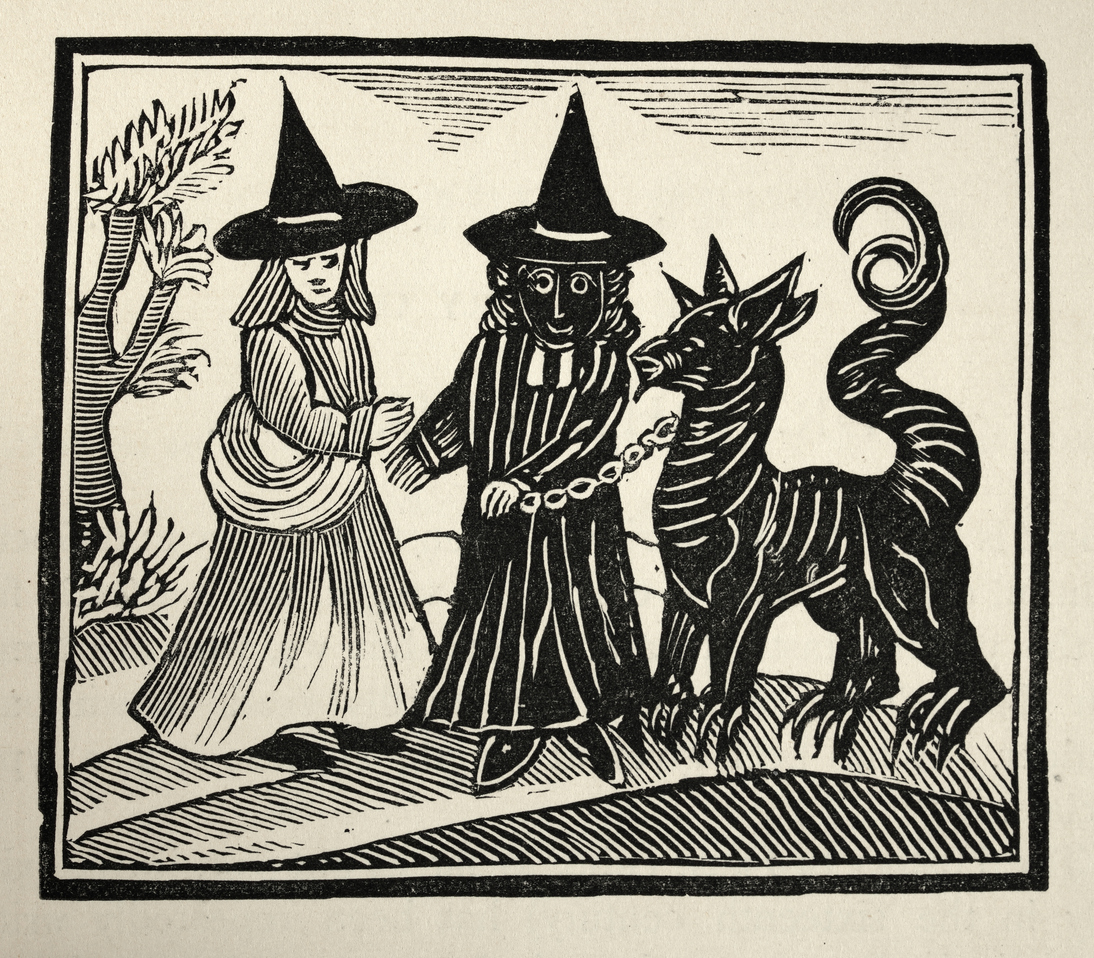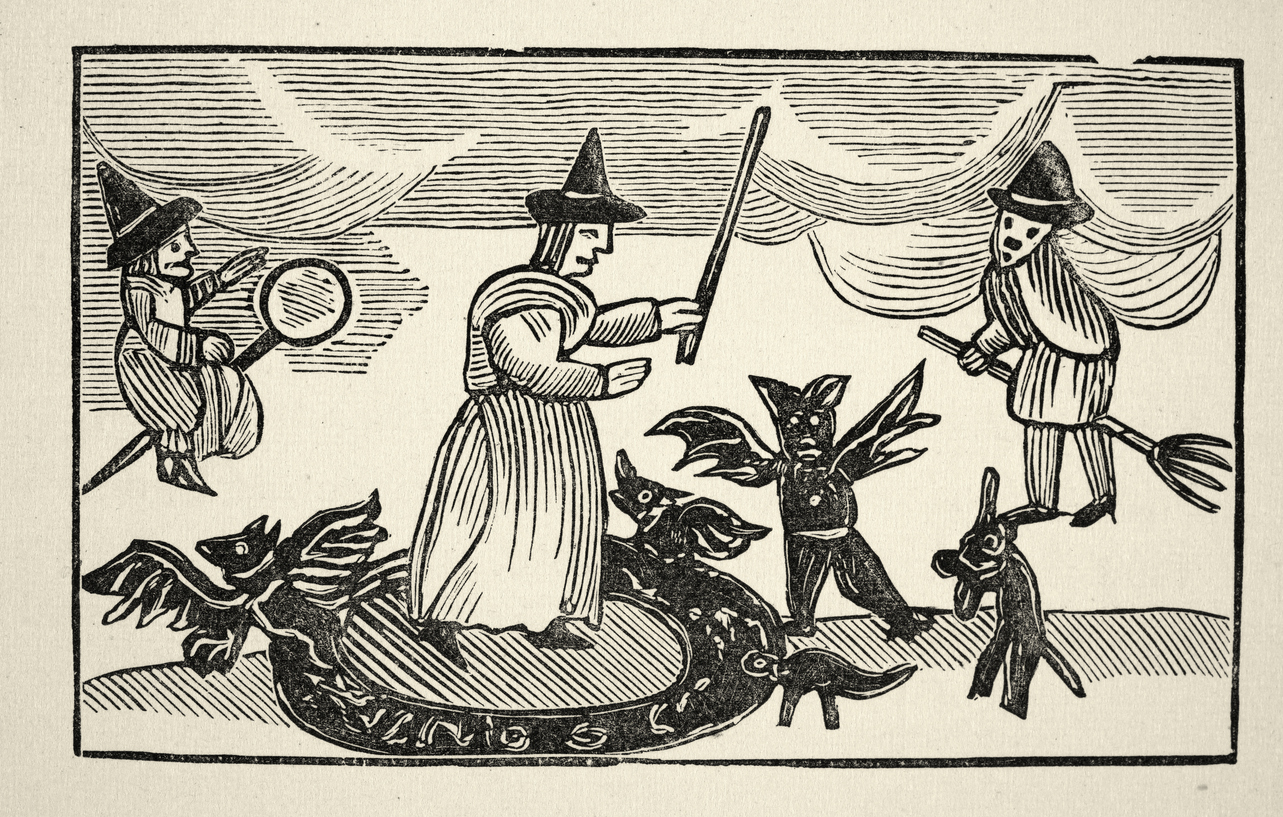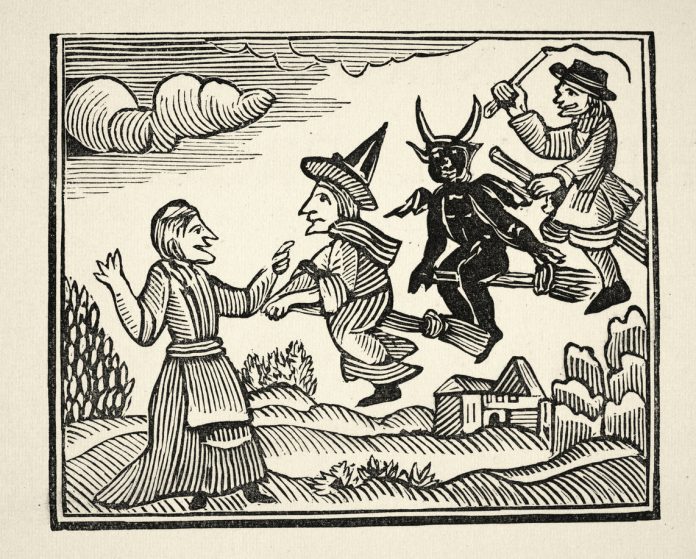Examining historical femicide and its consequences: The witch-hunts were a dark period in European and colonial history, primarily occurring between the 15th and 17th centuries. But why were an estimated 60,000 women tortured and killed, what were the consequences, and what does it tell us today?
“Witchcraft accusations were an ‘occupational hazard’ for female workers in early modern England”, explains Fred Lewsey from the University of Cambridge.
Accusations of witchcraft were often based on unfounded rumours, superstitions, and even personal grudges. Individuals accused of witchcraft were frequently those who deviated from societal norms or challenged traditional gender roles.
Women, in particular, were disproportionately targeted due to their perceived vulnerability and association with domestic and spiritual realms. These events, often fueled by religious fervour and societal prejudices, left a lasting mark on the world.
During this time, thousands of individuals, predominantly women, were accused of witchcraft and subjected to brutal torture and execution. Some historians put the number as high as 60,000 women across Europe.
A timeless connection between women
In conversation with The Guardian, historian Lucy Worsley explored how the mindsets and attitudes that led to the witch-hunts still endanger society today.
Worsley explained, “The prejudices that led to witch-hunts haven’t completely disappeared. It’s still the case that women – especially odd-seeming, mouthy ones – often feel the anger of the men whose hackles they raise”.
“Today, ever so many people, but perhaps women in particular, feel a sense of kinship with our ancestors who were persecuted in this way. Anyone who has ever been put down as a ‘difficult’ woman hears a distant echo of the past.”
Anyone who has ever been put down as a ‘difficult’ woman hears a distant echo of the past

The impact of religion on female persecution
So why were so many women accused, hunted and brutalised over the worry of witchcraft?
Many historians and philosophers believe that “witchcraft was a “mythical” science invented by the witch-hunters” in an effort to bring down free-thinking women.
The influence of the Catholic Church was a powerful motivator in the witch trials; with its vast influence and authority, it played a pivotal role in instigating and perpetuating these persecutions. The Church’s doctrine emphasised the existence of evil forces and the need to eradicate them. Witchcraft, seen as a direct challenge to God’s authority, was considered a heinous crime.
The fear of the devil and the belief in witchcraft were deeply ingrained in the cultural and religious fabric of the time across Europe. Popular belief held that witches had the power to control the weather, cause illness, and even possess the bodies of others. These superstitions, combined with the Church’s teachings, created a climate of fear and suspicion.
Several factors contributed to the intensity of the witch-hunts. Economic hardship, social unrest, and religious conflicts created a sense of anxiety and uncertainty. The accusations of witchcraft provided a convenient scapegoat for these problems.
The role of misogyny in the witch trials
Misogyny, or the hatred and discrimination of women, was a pervasive force that fueled the witch hunts. Women were seen as inferior to men and were often blamed for societal ills, such as crop failures, natural disasters, and economic hardships. The accusations of witchcraft provided a convenient way to scapegoat women and reinforce traditional gender roles.
Women who deviated from societal expectations, such as being independent, outspoken, or having unusual behaviour, were particularly vulnerable to accusations of witchcraft. These women were often seen as threats to the patriarchal order and were punished for challenging traditional gender roles.
The witch-hunts also reflected the fear of women’s power. In some cases, women who possessed knowledge or skills that were not traditionally associated with their gender were accused of witchcraft. This fear of female empowerment was rooted in the patriarchal belief that women were subordinate to men and should not have access to power or authority.
Institutionalised femicide: They were not witches, they were women
Clàudia Pujol, the editor of the Catalan history and culture magazine Sàpiens, became interested in collaborating with historian Pau Castell Granados on a project about Catalan witch hunt victims after learning about the movement in Scotland calling for an official apology to those persecuted as witches. This collaboration resulted in the creation of the atlas “No Eren Bruixes”, meaning “They Were Not Witches“.
Spanish historians discovered that Catalonia was one of the first regions in Europe to carry out witch-hunts. In 2022, the Catalan parliament passed a resolution pardoning around 1,000 women found guilty of the crime of witchcraft in the Spanish region 400 years ago. This overture followed the Sàpiens campaign and support for historically wronged women.

The impact of the witch hunts
The witch hunts had a devastating impact on countless individuals and families. Thousands of innocent people were executed, leaving behind a legacy of fear, trauma, and social disruption. The persecution also had a profound effect on women’s rights and social status.
The witch hunts created a climate of fear and suspicion that persisted for centuries. The stigma associated with being accused of witchcraft could have lasting consequences for individuals and families, even if they were ultimately acquitted. The fear of being accused of witchcraft could also lead to self-censorship and conformity to traditional gender roles.
The hunts also had a significant impact on women’s rights and social status. For centuries, women were viewed with suspicion and mistrust, and their ability to participate fully in society was severely limited. The witch-hunts reinforced the patriarchal belief that women were inferior to men and should not have access to power or authority.
The legacy of the witch-hunts continues to be felt today. The persecutions are a reminder of the dangers of religious intolerance, superstition, and misogyny. By understanding the historical context of the witch-hunts, we can work to prevent similar atrocities from happening in the future.
The Necessity to curb stereotypes and protect women internationally
The witch-hunts were a tragic episode in human history, fueled by fear, superstition, and misogyny. The phrase “They weren’t witches, they were women” serves as a powerful reminder of the injustice and cruelty that characterised these persecutions.
The witch-hunts had a devastating impact on countless individuals and families, leaving behind a legacy of fear, trauma, and social disruption. The persecution also reinforced harmful stereotypes about women and limited their ability to participate fully in society.
By understanding the historical context and the underlying motivations of the witch-hunts, we can work to prevent similar atrocities from happening in the future. It is important to challenge harmful stereotypes, promote gender equality, and combat religious intolerance.
The legacy of the witch-hunts also reminds us of the importance of critical thinking and questioning dominant narratives. By examining the historical record and challenging prevailing assumptions, we can uncover the truth and work towards a more just and equitable society.
To combat harmful stereotypes and promote gender equality, we must prioritise education, empowerment, and legal action. By incorporating gender-based violence into curricula, supporting women’s organisations, and enforcing gender equality laws, we can challenge harmful narratives and create a more just society.
Sources
Books:
- Levack, Brian P. Witchcraft: A History. HarperCollins, 2009.
- Monter, Eric. The Witch Hunt: In England, France, and Germany. New York: Basic Books, 2003.
- Russell, Jeffrey B. Witchcraft: A History of the Devil’s Craft. Thames & Hudson, 2007.
Websites:
- “Does Science Persecute Women? The Case of the 16th-17th Century Witch-Hunts”, Karen Green, John Bigelow, Philosophy, Vol. 73, No. 284 (Apr., 1998), pp. 195-217 (23 pages)
- Witchcraft and Work for Women – University of Cambridge
- Women, men and witch hunts: Lucy Worsley on a new TV series
- They Were Not Witches; They Were Women;
- Catalonia expected to pardon up to 1,000 people accused of witchcraft – The Guardian
- Catalonia pardons women executed for witchcraft











